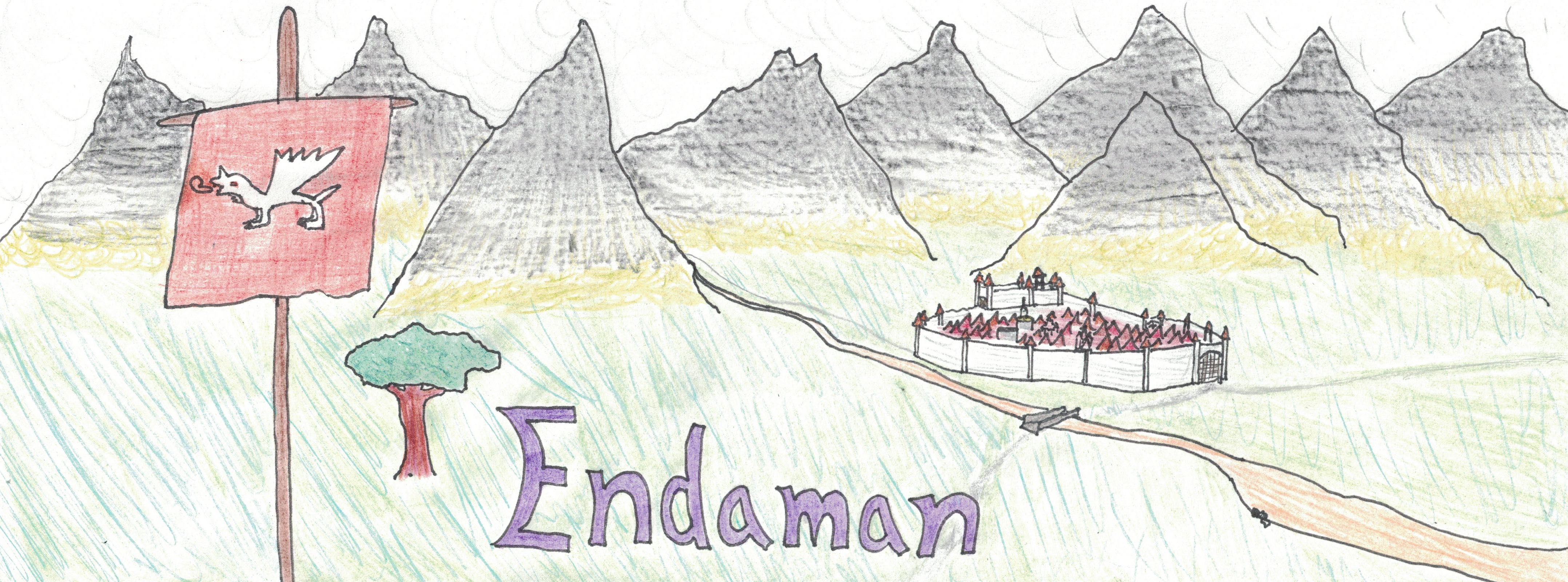Essic-Llenic
" 'Open up!' a voice said. 'This is the guard.' The youth then grabbed a small sack and put it over his head. He then, peeking through a hole in the sack, said 'Come in then!' When the guards entered, all they found was a person with a bag over his head, and not the youth they had been chasing. 'Why do you have a bag over your head?' they asked. 'I am incredibly ugly,' the youth replied with a fake voice of his devising, 'and it is a curse to my ancestors, so I wear this bag over my head in shame.' 'Well, have you seen a youth with blue eyes and long brown hair?' the guards asked. 'No I haven't.' the youth of the blue eyes and long brown hair replied. The guards did not bother to check under the youth's hood, as removing it would be an insult to the ancestors of the home. So the youth did not get captured this day." ~Égert Sarasté, Lost Tales of the Essic Countryside, Vol. 3
A Note
Essic and Llenic people have slightly different histories, so some cultural values and customs are not shared between the two; these are labeled accordingly.Naming Traditions
Feminine names
Gersla, Darstel, Seran
Masculine names
Karst, Diesic, Palógakk
Culture
Major language groups and dialects
Essic and Llenic are mutually intelligible to a degree - hence being described under Essic-Llenic - so Essic people can understand Llenic people and vice versa. Essic people also commonly know some Common Gratic, although they may pretend not to out of spite.
Culture and cultural heritage
Both groups are full of interesting history culturally speaking, with folk tales, myths, and novels having a widespread influence on contemporary culture. Folk stories are full of tricksters who turn into other animals or people to evade trouble and claim their prize, with often hilarious results. Myths usually talk about the divided nature of their people, particularly in Essel, and usually frame the invading enemies as inhuman demons.
Culinary heritage is a staple of Essic and Llenic culture, with complicated recipes being passed down from generation to generation. Many of these recipes are specific to the local area and are rarely served in other places.
Due to their placement of faith in their ancestors to help guide future generations, a cultural tradition called Essic-Llenic Ancestor Worship has been coined to explain this relationship between the past and the future.
Shared customary codes and values
Essel
Llenir
Common Etiquette rules
Common Dress code
Essel
Llenir
Common Customs, traditions and rituals
Essel
Llenir
Funerary and Memorial customs
Common Taboos
Common Myths and Legends
Historical figures
Essel
Llenir
Encompassed species
Related Organizations
Languages spoken
Related Locations
Remove these ads. Join the Worldbuilders Guild









Comments